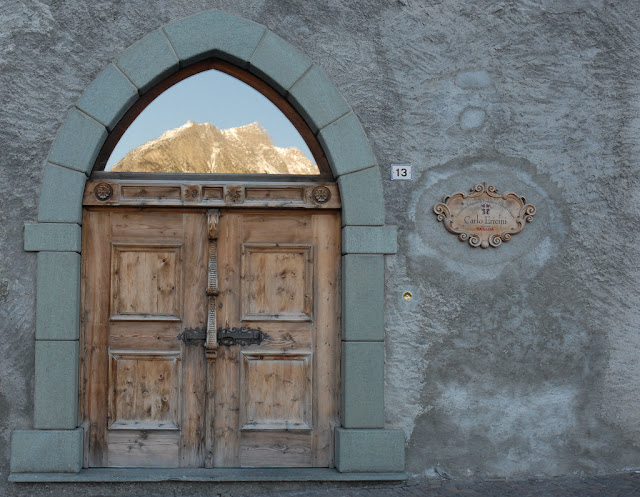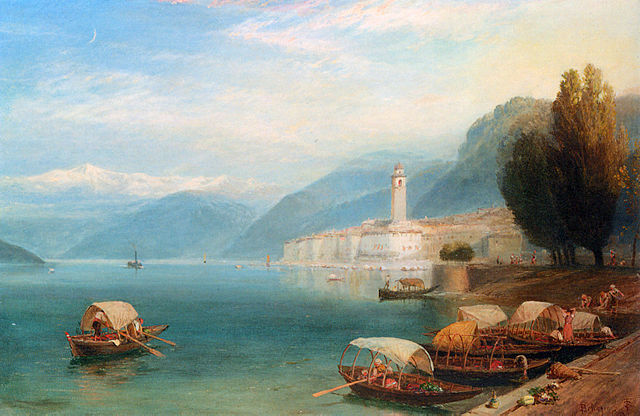Lombardy Region of Italy
Lombardy Region
"You may have the universe if I may have Italy" Verdi
After landing at Malpensa Airport we will spend Days 2, 3, 4 & 5 in the Lombardy region of Italy visiting the city of Como, Lake Como, Bellagio and Milan. We will cross the Swiss border on our Scenic Lugano excursion and visit a monastery in the town of Pavia.
"You may have the universe if I may have Italy" Verdi
After landing at Malpensa Airport we will spend Days 2, 3, 4 & 5 in the Lombardy region of Italy visiting the city of Como, Lake Como, Bellagio and Milan. We will cross the Swiss border on our Scenic Lugano excursion and visit a monastery in the town of Pavia.
Located in the northern part of Italy, the region is divided into three distinct zones - mountains, hills and plains. Sharing a border with Switzerland, Lombardy backs up to the Alps, making it a favorite sports locale.
Cassoeula is a prodotti tipici (typical dish) of peasant origins. Peasants from the Po Valley had to make the best of what was available, so they used pork scraps (snout, ears, feet and tail) baked with savory cabbage which is easily grown in the countryside, to make this hearty meal on cold nights.
Home to one-sixth of Italy’s population, Lombardy is also known for being Italy’s most developed, most industrial and richest region, and it is world famous for its financial and cultural capital, Milan.
A little history…
Originally inhabited by populations of Celtic stock, the region was occupied by the Gauls until the Roman conquest in the 3rd century BC. During the Roman reign, they founded five cities. Two of those we will visit - Como and Milan. A third, Pavia, is near where we will tour the Certosa di Pavia monastery. After the fall of the Roman empire the region was occupied first by the Goths and later by the Longobards, (from the Old German langbarte, meaning “long beards”) who established their capital at Pavia and gave their name to the region. In 1774 the Lombards were defeated by the Franks who introduced the feudal system.
IRON CROWN of LOMBARDY
The Iron Crown is so called because it was believed to contain a one centimeter-wide band of iron within it, said to be beaten out of a nail used at the crucifixion of Jesus.
The Iron Crown is so called because it was believed to contain a one centimeter-wide band of iron within it, said to be beaten out of a nail used at the crucifixion of Jesus.
Photos credits in order:
1. https://flic.kr/p/4i7pYx
2. https://flic.kr/p/EQDbA8
3. https://flic.kr/p/299CtAW
4. Public Domain
5. https://commons.wikimedia.org/wiki/File:Piemonte,_Italy_vineyards_with_village.jpg
6. https://upload.wikimedia.org/wikipedia/commons/1/1e/Gorgonzola_and_a_pear.jpg
1. https://flic.kr/p/4i7pYx
2. https://flic.kr/p/EQDbA8
3. https://flic.kr/p/299CtAW
4. Public Domain
5. https://commons.wikimedia.org/wiki/File:Piemonte,_Italy_vineyards_with_village.jpg
6. https://upload.wikimedia.org/wikipedia/commons/1/1e/Gorgonzola_and_a_pear.jpg
7. https://en.wikipedia.org/wiki/Cassoeula
8. https://pixabay.com/photo-705880/
9. https://flic.kr/p/261jpe7
10. Public Domain
8. https://pixabay.com/photo-705880/
9. https://flic.kr/p/261jpe7
10. Public Domain















Comments
Post a Comment